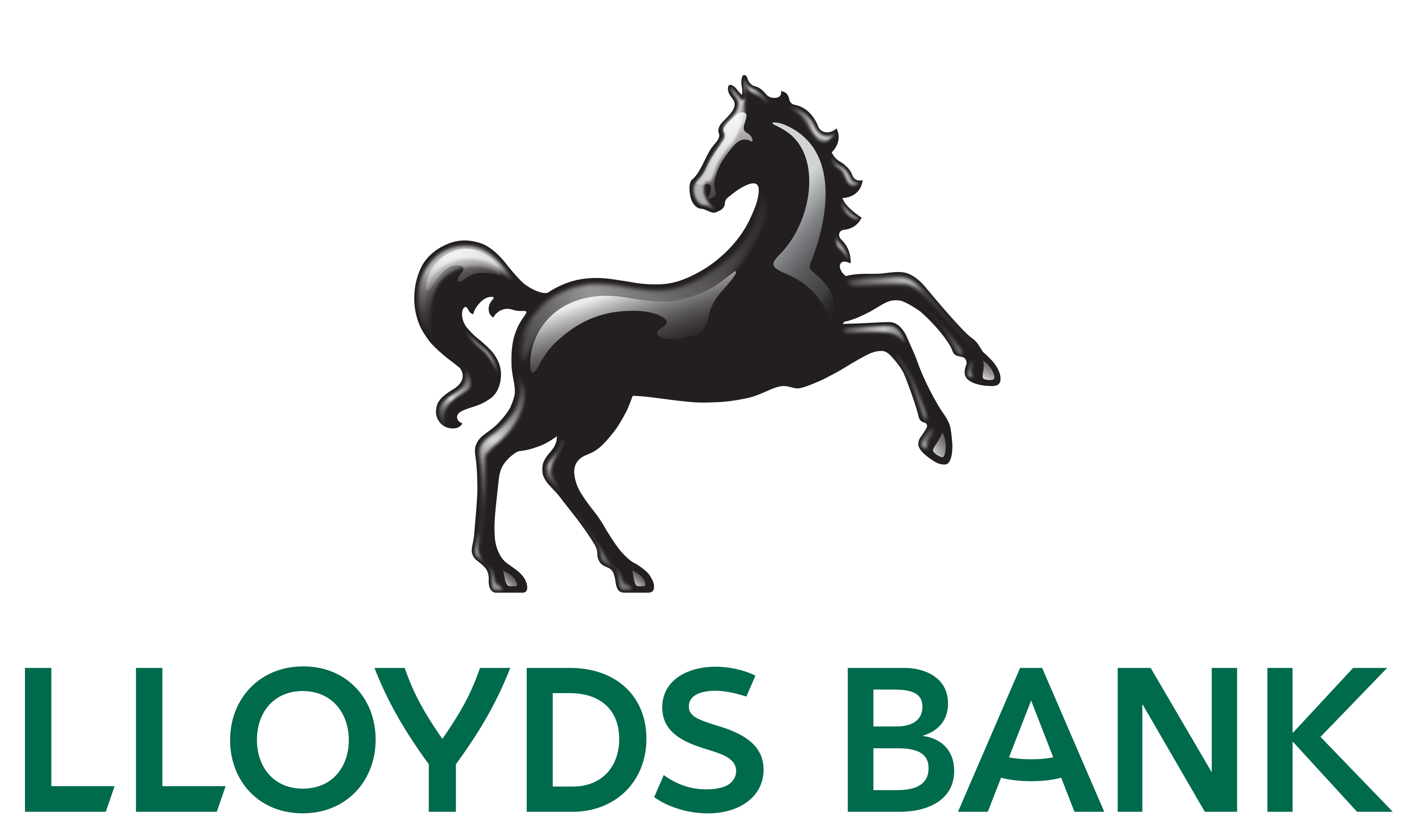The macroeconomic environment continues to shift rapidly, with fluctuating inflation expectations, tight labour markets and a divergence between G10 countries. While core inflation remains sticky in many markets — most notably in the UK — a number are moving towards the end of their interest rate cycles. The end of rate cycles, and the fact that major economies are out of kilter, is putting multi-year trends such as the strong dollar under pressure.
Positioning in such an uncertain environment, where markets are hanging on every central bank decision, can be challenging; both corporates and institutions may be reluctant to make big decisions.
What to do now — and next
Doing nothing is unlikely to be an option for many despite the ambiguous outlook.
In some cases, corporates and financial institutions (FIs) will want to lock in value — in FX, for instance — versus their budgets (most likely planned last Q3/4).
As they go through the budgeting process for the next fiscal year, corporates should consider how they can manage risk most effectively: option-based strategies might be valuable, for example. One way for corporates and FIs to retain flexibility is to average-in over a period, rather than making a single big decision. There may also be opportunities to restructure trades to find value in the shape of the curve, especially at the long end (for debt restructuring, for instance).
“Perhaps most importantly, working with their banking partner, organisations should be conducting scenario analysis utilising a variety of outlooks for interest rates, FX and relevant commodities,” says Robert Hale, head of financial markets at Lloyds Bank. “These insights can then be used to make better-informed decisions and devise strategies that hedge out tail risk. For example, last year many of our clients bought interest rate caps, which proved to be a wise decision.”
Energy exposures have been approached in the same way with Lloyds Bank’s commodity volumes growing at 52% a year between 2021 and 2023, notes Mr Hale. “Clients want to manage rising prices and the associated credit risk by separating supply contracts with energy utilities from financial hedges. Earlier this year, a large energy provider exited the commercial supply market leaving customers unable to risk manage exposures beyond the end of their supply contract. Power derivatives were invaluable in helping clients to hedge longer-dated, volatile electricity prices,” he says.
There are also opportunities for innovative approaches to risk management. For example, Lloyds Bank recently worked with Jet2 on a sustainability-linked foreign exchange transaction that incentivises the company to achieve its net zero targets.
A key part of this deal was a KPI linked to Jet2’s CO2 gross emissions per passenger km travelled (an industry standard measure): the agreement is symmetrical, with a downside if targets are missed. As Mr Hale says, “Sustainability is a clear focus for clients — we have expertise and are here to support them on their journey.”
The implications for borrowing
With most major economies’ interest rates at multi-decade highs, there is a gulf between the objectives of issuers and investors, according to Nick Hughes, head of capital markets at Lloyds Bank.
“Having become accustomed to low borrowing costs in recent years — and developed capex plans based on them — many are struggling with current costs and, assuming they have unavoidable funding requirements, want to issue short-term debt rather than lock in longer tenors,” says Mr Hughes.
Institutions that have benefited from central bank funding in recent years have large funding requirements, and have therefore remained active in the market irrespective of conditions. Issuance volumes reflect these trends with FI issuance up around 34% in the past year while G3 corporate issuance is up only 9% year on year.1
“At the same time, while most issuers are focused on the short end, institutional investors are eager to buy longer-dated paper given attractive rates,” explains Mr Hughes.
With the expectations of borrowers and investors so far apart, finding the sweet spot in the market, picking the right issuance currency and considering both secured and unsecured options are critical.
As the largest gilt trader in the UK, with the largest treasury, Lloyds Bank played a critical role at a time of market nervousness in acting as joint lead manager and duration manager on the UK Debt Management Office’s £6bn 2038 gilt last year. With around 40% of all gilts held by investors outside the UK, the transaction demonstrated Lloyds Bank’s ability to ensure the best pricing and geographical distribution for transactions of all kinds.
A growth story
- Our FX volumes increased 28% in 2023 versus 2022, compared to a market gain of 6%.1
- Ranked top 3 in GBP Interest Rate Swap (IRS) on client electronic channels.2
- We’re ranked number 1 for ‘Structured Finance in GBP (excl. CDOs)’, up from fifth place last year.3
- Ranked second as GBP bookrunner across all bonds.3
In the US, Lloyds Bank offers global funding clients holistic advice and full access to G3 bond markets and associated derivatives. US broker dealer Lloyds Securities Inc is mandated by a number of multinationals to arrange and distribute secured and unsecured securities in the sterling, euro and US dollar markets.
To find out more about our growth ambitions, read the Group’s Feb 2022 strategy update. Or contact us: Risk Management | Commercial Banking | Lloyds Bank Corporate.
Sources
- FX swap volumes executed on FXALL.
- Tradeweb and Bloomberg based on volume traded.
- Refinitiv Eikon, Issuance converted to USD at prevailing FX rates. Data set includes all public issuance (excl. SSAs) as at 31st August 2023, data ran 4 September 2023.
Note
Lloyds Bank Corporate & Institutional supports clients with UK links from the UK, Europe and North America as well as other countries around the globe. Our Capital and Financial markets business (the non-ring-fenced division of the Group known as Lloyds Bank Corporate Markets) provides banking, financing and risk management solutions, connecting the UK to the rest of the world.
As the only financial group in the UK with an integrated insurance business, we have an end-to-end view of the supply and demand of the financial services market and have the structuring capabilities to support these requirements.
We aim to help our clients grow their business, as well as drive sustainable and inclusive growth that benefits people and businesses across Britain.
While all reasonable care has been taken to ensure that the information in this article is accurate, no liability is accepted by Lloyds Bank plc for any loss or damage caused to any person relying on any statement or omission in this article. This article is produced for information only and should not be relied on as offering advice for any set of circumstances and specific advice should always be sought in each situation.





